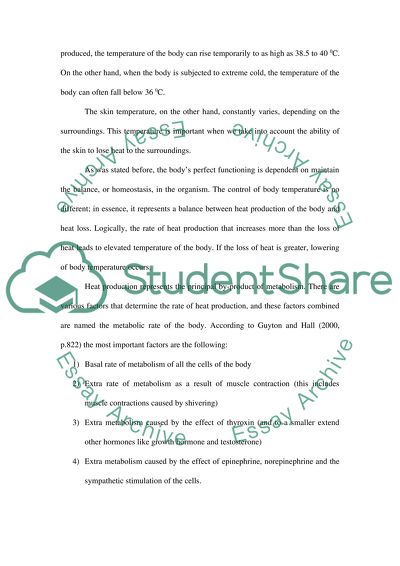Retrieved from https://studentshare.org/miscellaneous/1522335-minimizing-the-risk-of-cold-stress-and-thermoregulation-in-neonatal-children
https://studentshare.org/miscellaneous/1522335-minimizing-the-risk-of-cold-stress-and-thermoregulation-in-neonatal-children.


